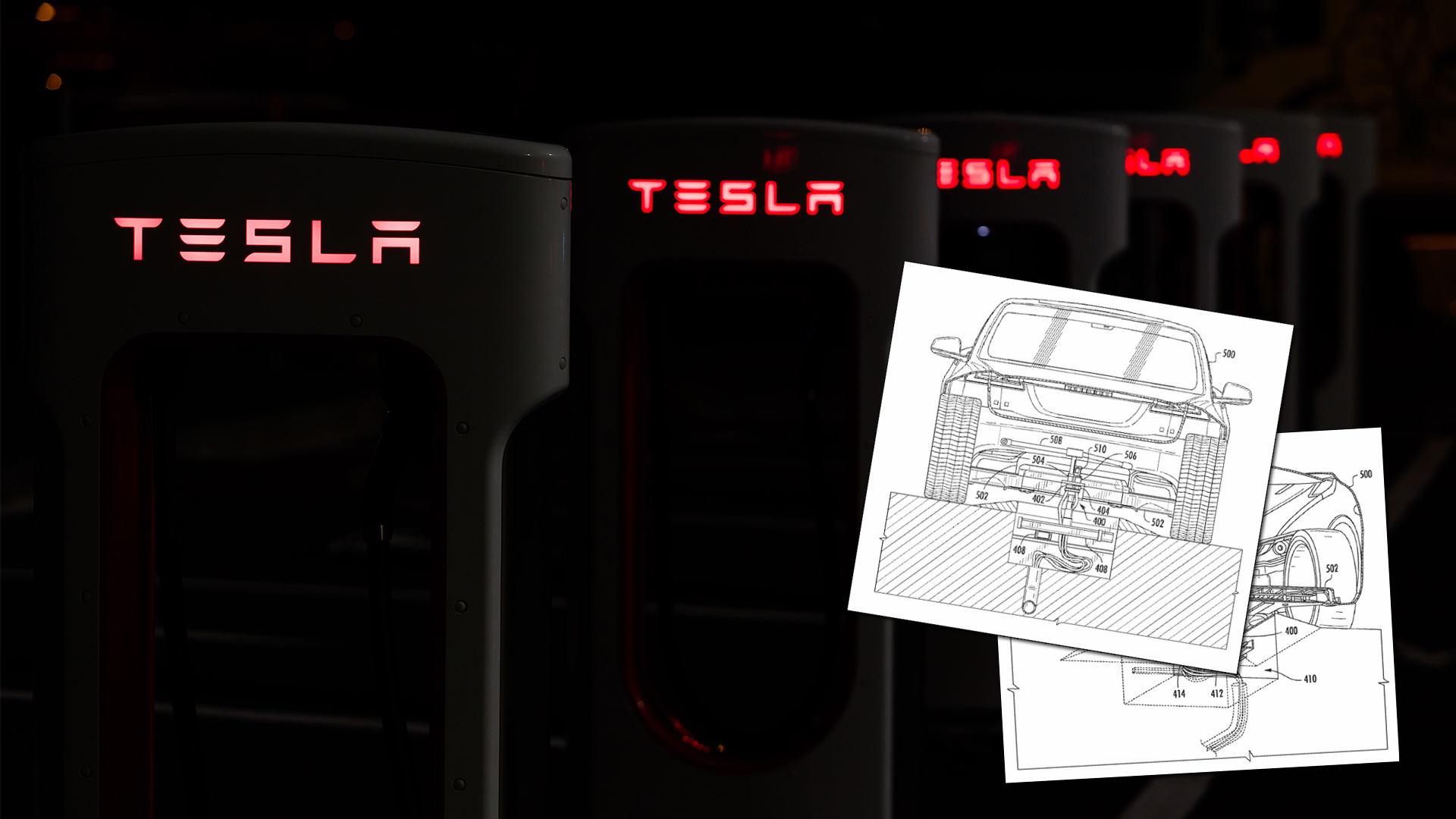

If you’ve even entertained the idea of purchasing an electric car, chances are you’ve thought about how difficult charging it could be. Whether finding a charger while out and about, remembering to plug in your car at home, or just dealing with the inconvenience of waiting for your vehicle to charge—it’s just not as easy as filling up your tank.
While Tesla has sought to address that problem with its Superchargers, a recent patent filing shows the automaker has also explored ways to juice up electric cars even faster. But with no supporting hardware for the system on the Model 3, it seems Tesla is either delaying the plan or axing it altogether.
There are a lot of factors that affect the amount of time it takes to charge an electric car. Overall capacity, charging limit (as some cars are software-limited to not charge to full capacity), battery temperature, and ambient temperature all play a role in the wait time an owner must endure before driving again. It’s those latter two that Tesla’s patented charger would seek to address. Tesla already cools its batteries similar to how an engine is cooled (via fluid, pumps, and a radiator)—but when charging, those systems might not be enough to speed things up as much as an externally cooled device would.

Tesla’s patent (seen above) would attach the vehicle to a bottom-fed charger that actively exchanges cooler fluid with the vehicle’s hot coolant, aiding in keeping both temperature and charging times to a minimum.
Volkswagen recently began a partnership with a robotics firm called Kuka to develop chargers which can dock themselves into cars. This is the same company which Tesla has worked with to build its production line robots, and has previously built a self-docking charger. If Tesla were to build a system like it filed in its patents, Kuka might be the ideal partner for the job.

But recent documents and findings uncovered by Electrek make it apparent that the Model 3 has taken a more enclosed, Apple-like approach to things. Battery packs have been made less accessible, with no support for external charging. Coupled with the fact that the grid doesn’t even have the support for existing cars on the road, and it seems unlikely these types of changes will be deployed any time soon, especially in light of Tesla’s newest roll-outs of Superchargers.